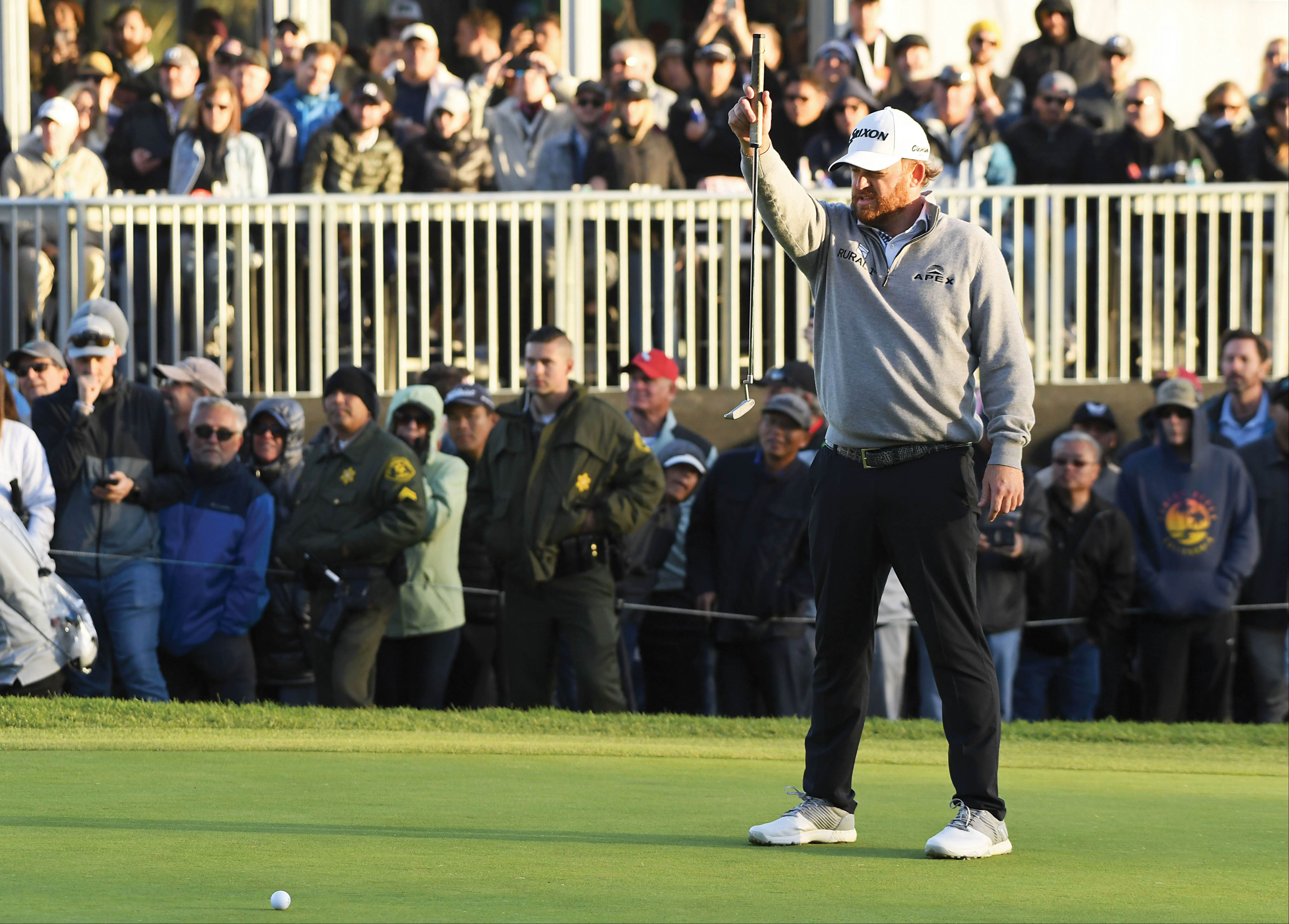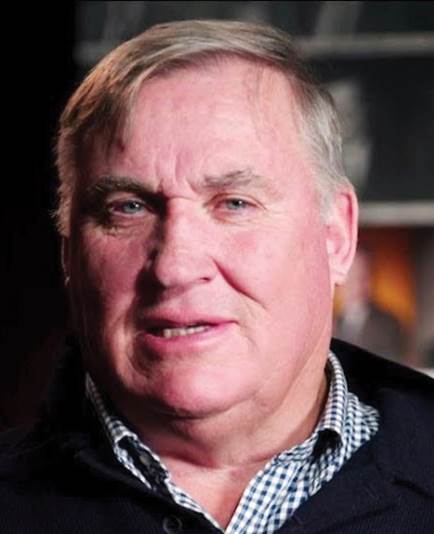Pace of play is the one blight on the game that trickles down from the professional Tours to grass roots club golf. At the elite level, slow play is frustrating for all from players to fans. Here, the man at the coalface of administering pro golf in Australia offers some solutions.
Slow play is probably golf’s most complex and frustrating issue.
At both the amateur and professional level, we constantly here moans and groans on pace of play from players and spectators.
As the Director of Tournaments for the Australasian PGA Tour, I am constantly asked, “Why put up with it?”, “Why don’t you do something?” and even just, “Penalise him!”
Sadly, it’s not that easy.
The PGA Tours of the world are all member-based organisations and, as such, are reluctant to introduce rules that may, in turn, come back to bite them.
The two biggest problems are:
1. Size of fields; and
2. The system we have in place to eradicate slow play.
A “normal” Tour event has 156 players – 78 in the morning and 78 in the afternoon. This means that, playing in threes, there are two hours of tee times, both morning and afternoon from both the 1st and 10th tees.
It’s easy to calculate the first groups, playing at 10-minute intervals, cannot play quicker than two hours and 10 minutes without having to wait after their first nine holes. Even if they dovetail perfectly, the quickest they could play would be four hours and 20 minutes – still way too slow to satisfy the desires of today’s instant gratification mentality.
At worst, four hours should be the accepted norm.

The R&A has initiated recent rules changes designed to improve pace of play. Players can now putt with the flag in, time allowed to search for lost balls cut from five to three minutes and “ready golf” actively encouraged rather than the traditional furthest from the hole playing first.
Yet rounds are still taking in excess of five hours.
And can you believe that the money at the top level is now so good that some of those players actually budget for slow play fines at the start of each season?
The current policing system is broken.
We now have out-of-position groups timed until they regain their position in the field. During this period, players are allowed to take 50 seconds if first to play, then 40 seconds if second or third.
If they fail to meet the allocated time, they are given a warning. A second breach results in a one-shot penalty and a $500 fine.
But in 30 years of working within Tour systems, I can only remember two or three players actually being penalised shots or fined cash.
The players adjust as soon as they know they’re being timed and simply avoid penalties – and it often only takes a hole or two to get back in position.
So, what’s the solution?
For golf to survive as a high-profile sport suitable for television audiences, the players must understand they are part of the entertainment industry.
Because the moment they stop entertaining is the moment sponsors will look to other sports the public finds entertaining.
The individual approach that, “I play to feed my family, pay my mortgage and school fees” is no longer acceptable. Players need to focus on the best interests of the sport itself. This, in turn, will provide opportunities that will ensure those individual needs are later met.

Players must also self-regulate the problem. Many can recall the incident when Ben Crane’s pace of play so frustrated playing partner Rory Sabbatini that the South African stormed off to the next tee before Crane putted out. But instead of applauding his stance against slow play, the world condemned Sabbatini for his lack of etiquette.
I recently discussed this topic with Geoff Ogilvy, who holds his own views and solutions, including a “public name and shame file” by timing every player’s routine and fining the slowest players on Tour and rewarding the quickest.
For example, how refreshing was it to watch Ryan Fox play at Lake Karrinyup recently. On average, the Kiwi took just 18 seconds per shot in winning the World Super 6 Perth – compared to some players who took up to two minutes.
Now before you jump up and down about the rules officials doing nothing, let me remind you that unless the group is out of position, there is nothing we can do.
Often slow players are protected by the fast play of their playing partners who keep the group in position, but this isn’t equitable or fair – especially when the system catches faster players out when they actually need a little extra time to play a difficult shot when the group falls out of position.
We also need to ban sports psychologists from golf.
It’s a whole new industry within the industry and, just like HR departments in many businesses, they’re highly paid yet no one knows what they do.
The only thing I know is that every player has a “psych” and, as a result, the game has slowed by up to 20 minutes with their “don’t worry about the game, just worry about yourself” routine.
Every player must follow their routine – if a dog barks three fairways away, STOP!! Then recheck your yardage, have a further discussion with the caddie, pick a leaf in a tree rather than a tree, change clubs three times and still miss the target.
I would dearly like to debate the topic of “first look is the best look”.
I would love to know how many players have immediately made birdie as soon as they learn they are being timed.
In my 30 years, it’s truly amazing how much better they play when they look up, pick a club and hit it – Ryan Fox is the perfect example.

For years now I have advocated the introduction of a shot clock into professional golf.
Finally the European Tour introduced an event along these lines and, not surprisingly, with a 30-second time limit per shot, the average round time dropped significantly from the Tour’s average: from four hours 47 minutes to a brisker four hours and 13 minutes. Interestingly, scores dropped, too.
This time limit per shot would work in a “normal” event just the same way as the road rules do.
Normally there are only eight rules officials (speed cameras) at each event, so not every shot can be timed (photographed). But if you choose to break the 30-second shot limit (speed) you run the risk of being caught.
And let’s be honest, we all know who the slow players are, so eventually they will be caught and penalised accordingly.
The first offence would bring a warning; the second a one-shot penalty, third two shots and so on.
It would not take long to eradicate the problem.
But the shot clock can only become accepted if players accept that they are part of the entertainment industry first and foremost – and that their individual rights run second to the sport’s long-term viability.
Playing in less than four hours will only happen if field sizes are reduced to a maximum 120 player and herein lies the problem.
The Tours of the world are controlled by their memberships and there is little likelihood of tournament player committees voting to reduce their own membership opportunities for fear of being voted out – no matter how much they believe that slow play is a blight on the game.
But not coincidentally, slow play and playing opportunities go hand in hand. The more players, the slower the game gets and the more frustrated players and fans become. It’s a catch 22.
I believe the economic realities of the industry will one day prevail.
Fields will be reduced to maybe 78 teeing off between 1-3pm from the 1st and 10th tees with the last putt at 7.30pm at night and shown on prime-time TV. Rounds will take a maximum of three hours and 50 minutes and there will only be three-round tournaments, other than national Opens and PGAs.
“Playing in less than four hours will only happen if field sizes are reduced to a maximum 120 player and herein lies the problem.”
We might have round one on Friday evening, round two on Saturday afternoon and a cut to 30 players for the final round on Sunday afternoon, all starting off the first tee. If required, we might have a Saturday evening playoff for 30th position, as we currently do in Perth.
Regardless of format, though, three rounds would make for a more compact field with a round to play and, therefore, more exciting golf on Sunday with many more having a chance to win.
As much as I’d like to claim this idea, I cannot.
Peter Thomson expounded this concept to me some 25 years ago and knowing the way the golf industry works, my guess is that it will be another 25 before “Five Times”, as Thomson was affectionately known, will be proven correct.
The concept of four-round tournaments is an interesting one.
Thomson once told me that when he started, there were only a handful of tournaments each year to play in and often he would travel by ship to reach them with sometimes weeks between events.

With air travel now so good, there are a staggering 650 four-round professional events available to players.
It’s little wonder sponsors get confused as to which ones they should support and that it’s so hard to get the good players Down Under.
But that’s another story.
Andrew Langford-Jones is the Director of Tournaments for the PGA Tour of Australasia.
Related Articles

Under the radar into contention: Si Woo’s scintillating Australian Open Saturday

Tough Open start doesn't deter Croker from relishing life in the big league













